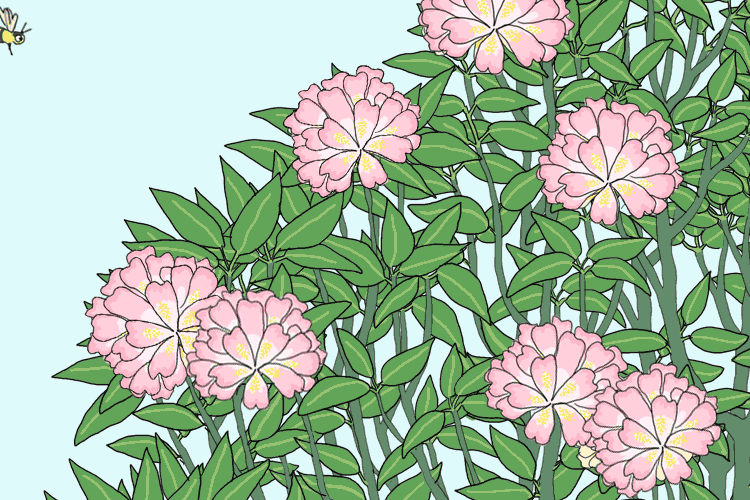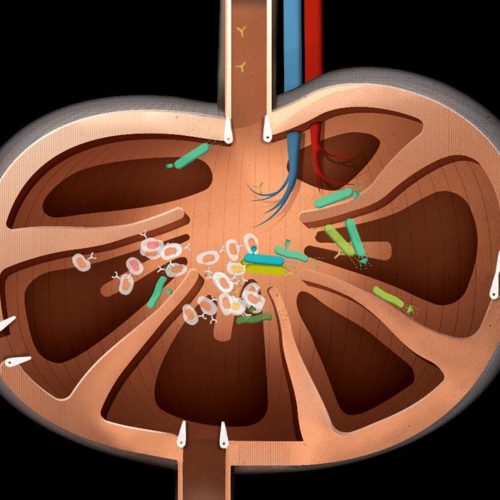Bonus curios: a bee’s map to nectar treasure

Plants rely on bees to shuttle pollen from male parts to female parts. As bees imbibe nectar, pollen bits stick to their fuzzy legs, hitching a ride to the next bloom. Some flowers, like the rhododendron, point bees to nectar via special markings, called nectar guides.
Our eyes can see some of these patterns—spot the rhododendron’s yellow specks! Others are only visible to bees and insects, whose ultraviolet sight creates giant color contrasts. Scientists speculate that nectar guides help bees remember their favorite flowers and cut the time they spend dowsing for nectar. This means more bee visitors, and more bees increase a plant’s odds of pollination.
An interactive diorama of the earth’s biomes, Plants brims with secrets and surprises—we’ve even made a handbook of hints and fun facts for you and your kids. In these posts, we’ll peer into the sometimes-strange truths behind the worlds in our apps.
Plants rely on bees to shuttle pollen from male parts to female parts. As bees imbibe nectar, pollen bits stick to their fuzzy legs, hitching a ride to the next bloom. Some flowers, like the rhododendron, point bees to nectar via special markings, called nectar guides.
Our eyes can see some of these patterns—spot the rhododendron’s yellow specks! Others are only visible to bees and insects, whose ultraviolet sight creates giant color contrasts. Scientists speculate that nectar guides help bees remember their favorite flowers and cut the time they spend dowsing for nectar. This means more bee visitors, and more bees increase a plant’s odds of pollination.
An interactive diorama of the earth’s biomes, Plants brims with secrets and surprises—we’ve even made a handbook of hints and fun facts for you and your kids. In these posts, we’ll peer into the sometimes-strange truths behind the worlds in our apps.
